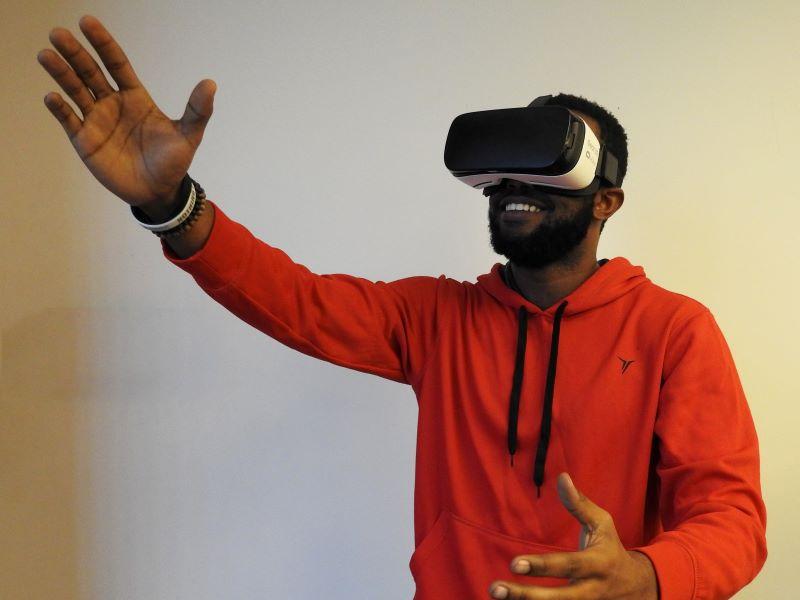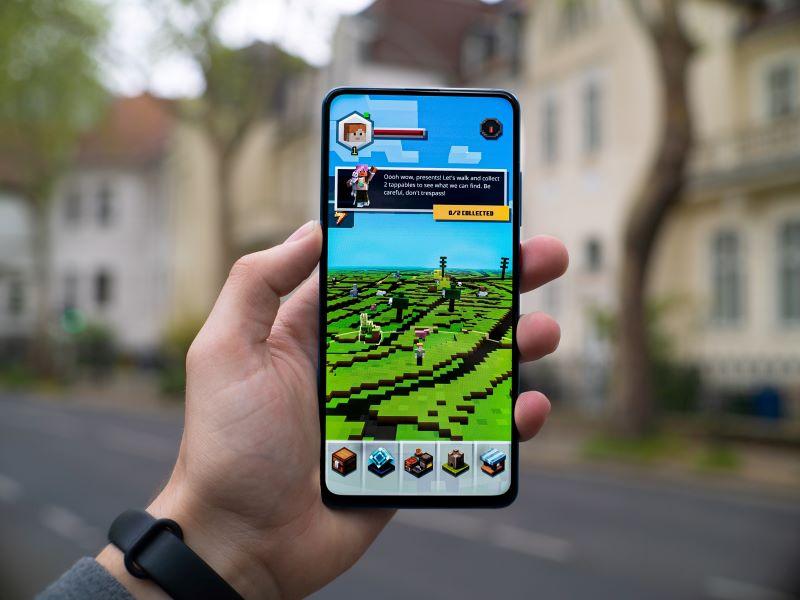
How to apply virtual reality to enhance learning experiences
Ithai Stern outlines how best to shape and deploy virtual reality as a tool to enhance learning experiences, while acknowledging its limitations
00:47 Creating virtual reality experiences which offer a narrative of real-world situations, around which your teaching can revolve
02:55 Using virtual reality experiences to uncover social biases and improve leadership skills
04:42 Using virtual reality to save resources while still providing real-world immersive experiences
Hello, my name is Ithai Stern, I’m a professor of strategy and the academic director for Insead’s immersive learning initiative. Many educators tend to agree that virtual reality is a potential game changer because it offers immersive experiences.
VR is putting students in an actual place within an actual situation. This means learning through experience in both a psychological and a physiological way. Looking at our experiences in developing and teaching VR content, I see a few main takeaways that you should consider when delivering immersive learning programmes.
First, it is important to position the immersive experience at the core of your teaching.
The VR experience should offer a narrative, an account of connected immersive experiences of complex real-world situations around which the whole class revolves.
For example, when working on team dynamics we take our students on a mission to Mars. The students move between the immersive journey to the Red Planet, where many things happen, and the classroom where they analyse and discuss the different events.
VR revolutionises the traditional case study method that business schools have been using for over a century.
It does so by enhancing student engagement. For example when Insead MBA students go through their final challenge of the core strategy course at Insead, they not only read about a situation or a company and review their spreadsheets, they are immersed in the reality of that company.
We recently took our MBAs to help save turtles on the beaches of Cape Verde, western Africa. And a few months before that they were advising an NGO which provides life altering operations for children suffering from a medical condition called clubfoot, advising them on how to scale in middle-income countries.
In all these cases VR has enabled the students to better understand the setting and the challenges and thus develop better real-world solutions for the organisation’s core strategic problems. For example, it is one thing to read about a ranger facing a group of poachers, it is a whole different thing, much more challenging and stimulating both emotionally and intellectually, to face the poachers in person, feel the tension and make decisions under pressure.
Second use VR and immersive experiences to uncover social biases and improve leadership skills.
For example, executive education students are immersed in a tense discussion where a senior executive fleetingly lays his hand on an employee’s shoulder. The immediate sense of unease and outrage that the programme participants experience has a profound effect on the way they deal with questions of harassment at work.
When you use VR to place your students in an authentic challenging but safe situation that raises ethical and value-driven questions, you allow students to better understand their own reactions, learn from their mistakes and develop a much deeper sense of empathy, creating a more impactful learning opportunity.
Third, VR might open for you a whole new dimension in data-driven learning. Not only are participants’ active choices captured but also their behaviour and automatic reactions. This offers opportunities for truly personalised development.
On the one hand, the fact that the instructor gets real-time data on how participants are doing, where they are looking, the decisions they are making; all of this allows her to provide real-time feedback which is always more impactful.
On the other hand, the personalised feedback we get allows us to have an accurate understanding of each participant’s needs and enables us to better tailor the following experience to their needs.
Lastly we also use VR in a way that actually saves other resources. A real-life visit to a lean production factory, for example, may be costly and time-consuming and students may arrive on a day when there is not much to see.
By creating a VR simulation of the visit to the factory, educators can ensure more effective and more consistently valuable learning experiences, with zero carbon footprint.
Having mentioned some of the benefits immersive experiences can bring there are also some limitations to bear in mind. VR isn’t here to replace in-person experiences or methods altogether. It is at its heart a supplementary tool. Students still need feedback and guidance from their professors in order to make sense of what they have been experiencing in the immersive scenario.
Moreover, traditional methods may still be more effective when it comes to more empirical skills like finance and accounting. To sum up, use VR in a way that takes into account its many advantages and some limitations.
Do that and you may offer your students an opportunity to hone critical skills, to re-evaluate what is unique about in-person experiences. To achieve that be sure to plug VR into your core curriculum, create emotional experiences to foster empathy and use it in a way that saves you precious resources while allowing for customised learning experiences.

